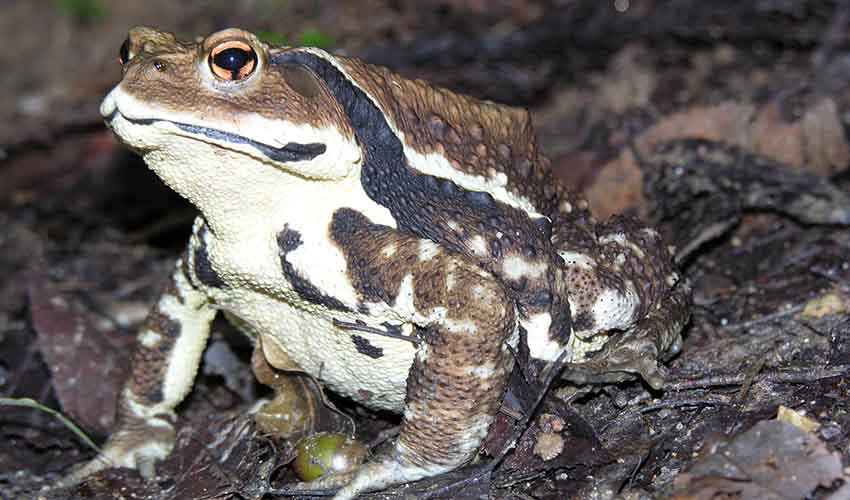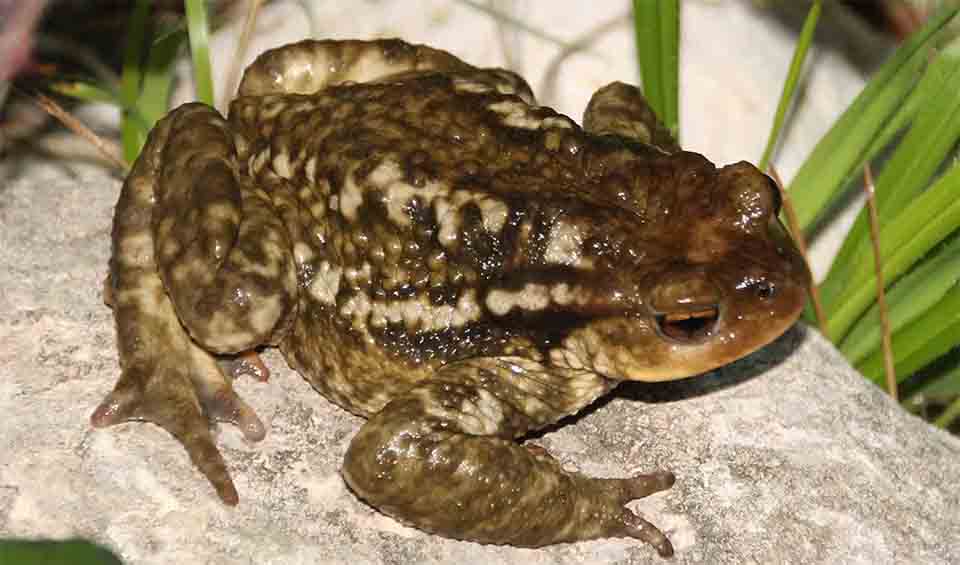Bufo – True toads
A diverse genus of toads characterized by their dry, warty skin
Well-known for its distinctive features and fascinating adaptations that have allowed these amphibians to thrive in various environments. One of the most noticeable features of Bufo toads is their dry, warty skin. These skin characteristics provide them with a rugged appearance and serve as a form of defense against desiccation, helping to reduce water loss in arid or semi-arid habitats.
Additionally, their skin contains specialized glands called parotoid glands that secrete toxins as a defense mechanism against potential predators. These toxins can be irritating or even harmful to predators, acting as a powerful deterrent.
Bufo toads also possess the remarkable ability to puff themselves up when threatened. This inflation of their bodies serves multiple purposes. It can make them appear larger and more challenging to swallow for potential predators. Additionally, it exposes the toxins secreted by their parotoid glands, further discouraging predators from attempting to consume them.
In terms of locomotion, Bufo toads have strong hind legs that are adapted for both jumping and digging. These adaptations enable them to move efficiently through their terrestrial habitats, whether they are navigating through undergrowth or seeking shelter underground.
Despite their unique adaptations and survival strategies, many species within the Bufo genus face significant threats to their existence. Habitat loss due to urbanization, agriculture, and deforestation, along with pollution from pesticides and other chemicals, poses severe challenges to their populations. Furthermore, climate change can alter their habitat suitability and impact their reproductive patterns.
Species in this genus
Asiatic toad
The toxin from their parotoid glands has potential antimicrobial and anticancer medicinal properties
Common toad
A warty amphibian with golden eyes
Japanese common toad
Often associated with good luck, safe travel, and wealth
Korean water toad
Farmers used to see them as good luck charms for rice harvests, since their presence meant wet, fertile conditions
Spiny toad
Covered in small, bumpy warts that can even have sharp points






